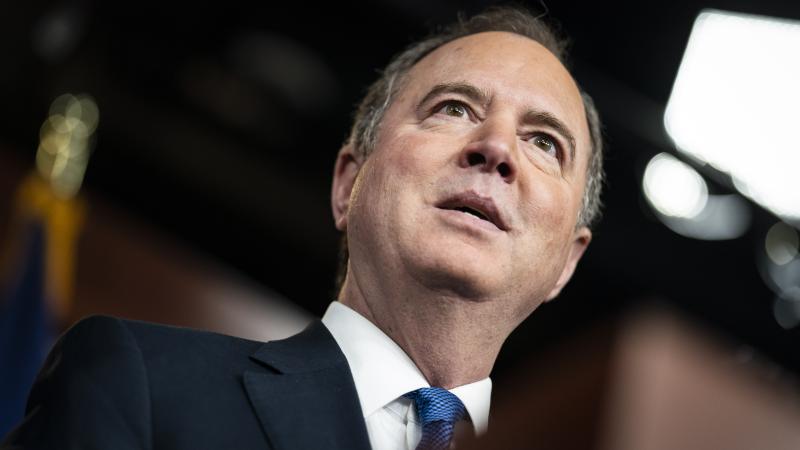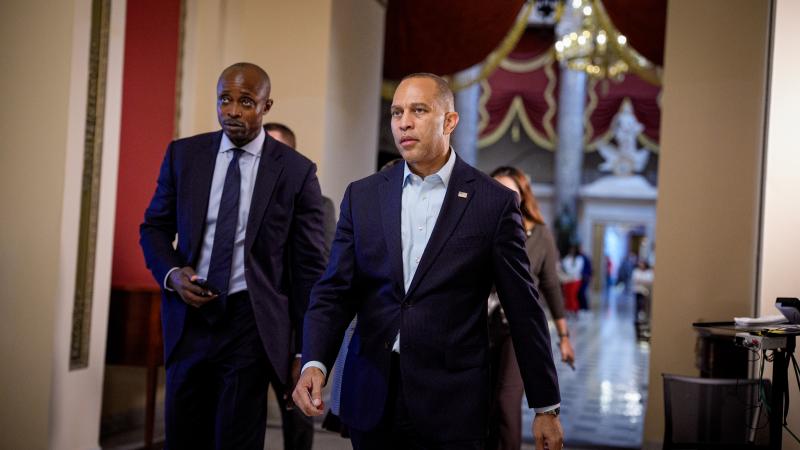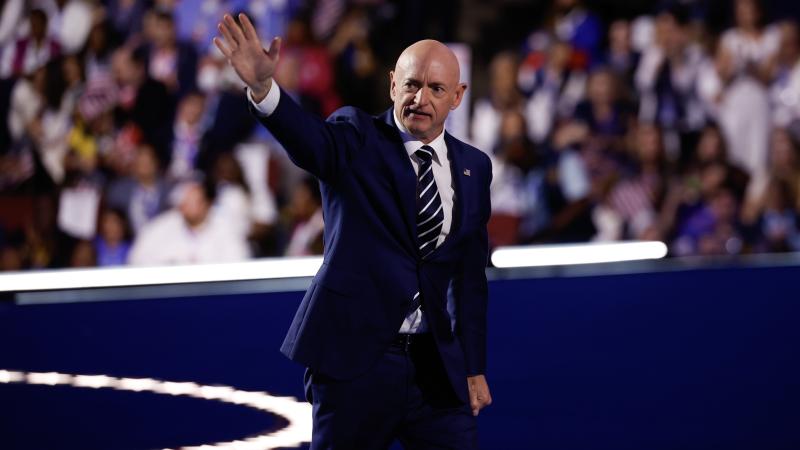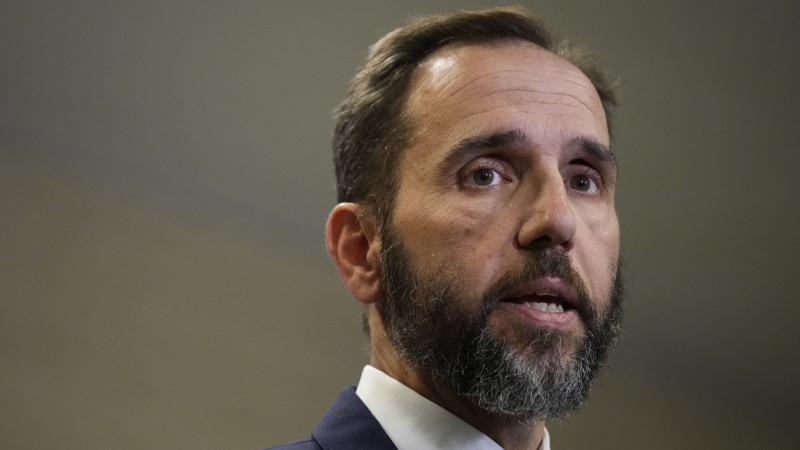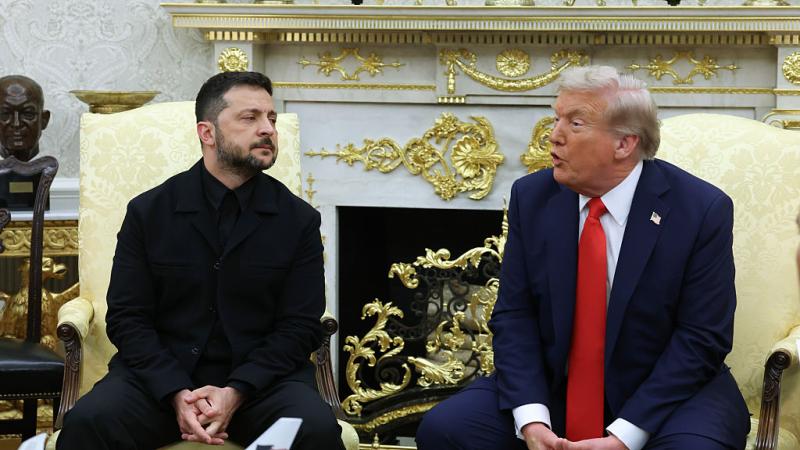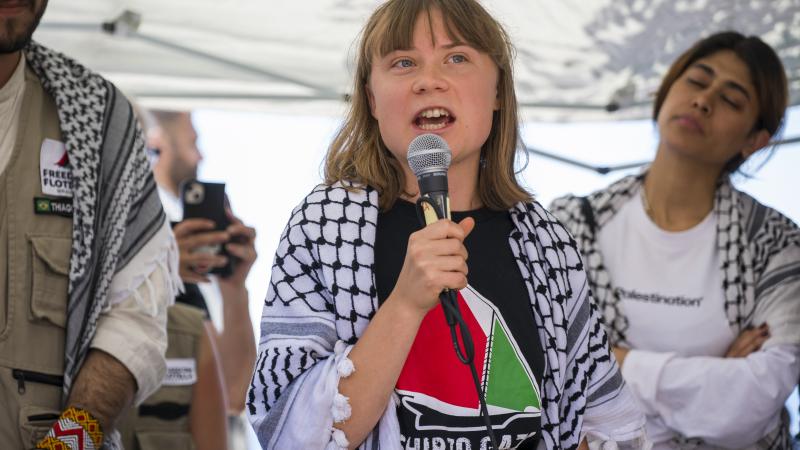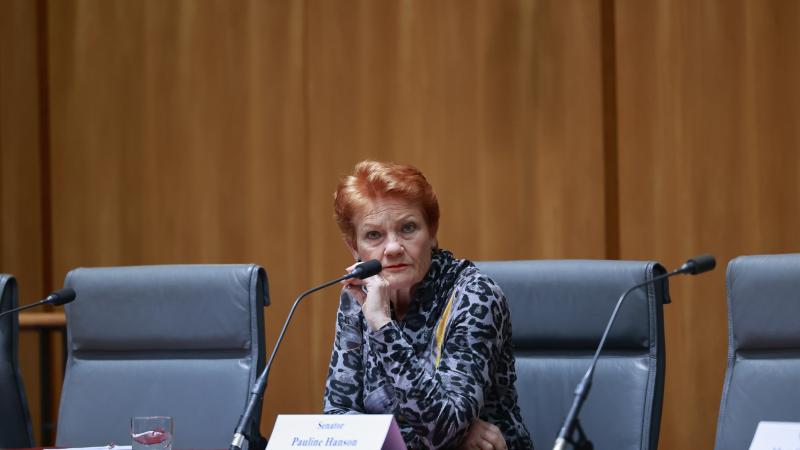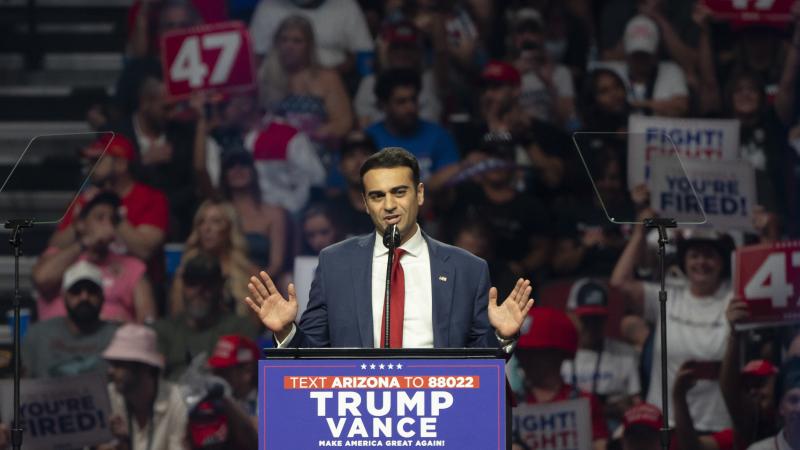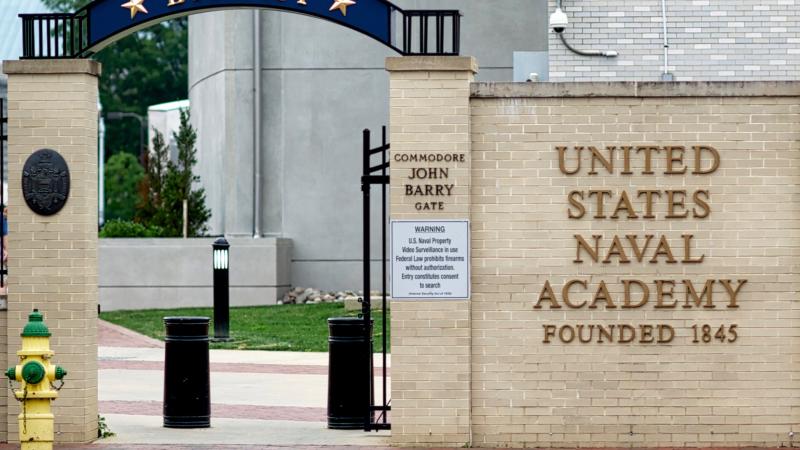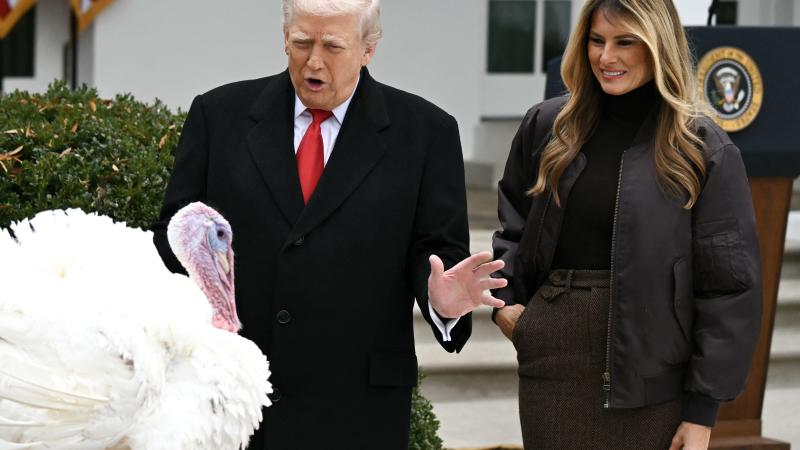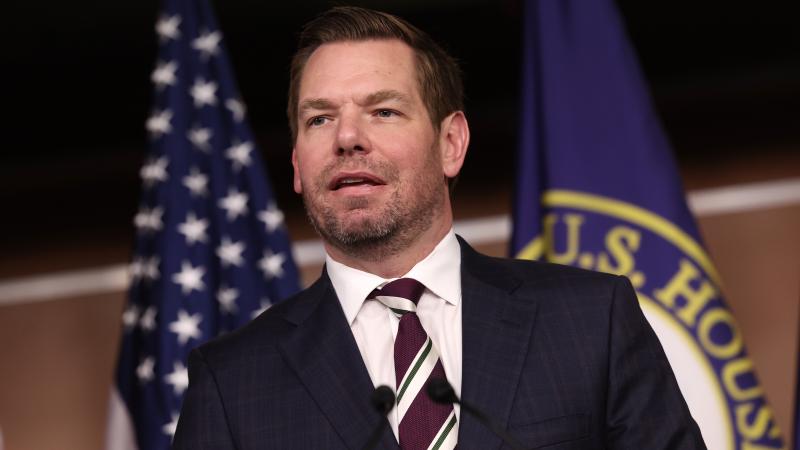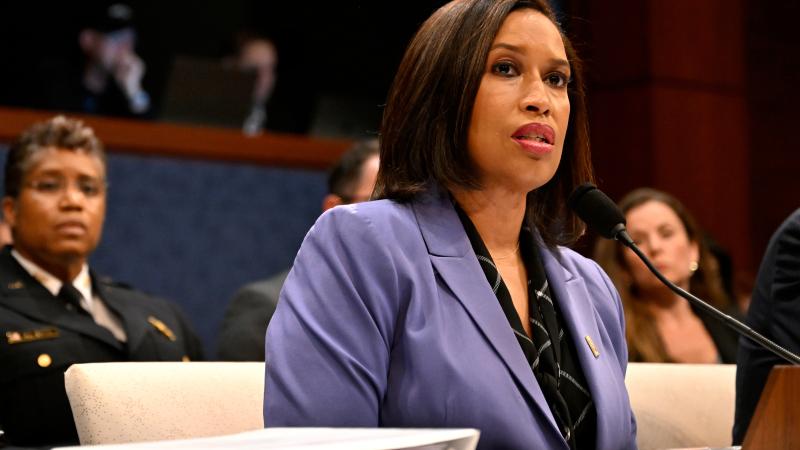FBI opens 'grand conspiracy' probe on weaponization, opening door to special prosecutor
What did they know and when did they know it? Two secret documents regarding DOJ and FBI's Clinton-era antics could be key if Trump declassifies them.
The FBI has quietly launched an investigation into a decade of Democratic party and deep-state antics from Russia collusion to Jack Smith, opening the door for the appointment of a special prosecutor to examine whether the well-documented episodes amount to a criminal conspiracy to meddle in three U.S. elections to the benefit of Democrats and the detriment of President Donald Trump, Just the News has learned.
The “grand conspiracy” case was opened several weeks ago after new FBI Director Kash Patel took over, and it could get a significant boost if Trump were to declassify two secret tranches of evidence that identify a potential ignition point to the alleged conspiracy in the summer of 2016, according to several people directly familiar with the inquiry, who spoke to Just the News on a condition of anonymity.
The first piece of evidence is a classified annex to a years-old inspector general probe of Hillary Clinton’s improper email server sought by Senate Judiciary Committee Chairman Chuck Grassley. That annex is believed to show that credible information about possible wrongdoing was intentionally ignored by the FBI.
The second tranche of evidence was identified by former Russiagate Special Counsel John Durham in his final report. The evidence was dubbed in the report as the “Clinton plan intelligence," and it was also placed in a classified annex kept from the American public and even many members of Congress.
Excerpts from the publicly-available and unclassified Durham report show that U.S. spy agencies were aware that Clinton’s 2016 campaign was concocting a bogus Russia collusion narrative to harm Trump’s election chances before the FBI opened its now-discredited Crossfire Hurricane probe, in part using evidence created by the Clinton campaign or offered by Clinton associates.
Both pieces of evidence have remained sealed from public view for nearly a decade and are highly classified because they reveal sensitive intelligence-gathering methods, officials said.
The FBI declined comment.
Sunshine is the best disinfectant
CIA Director John Ratcliffe earlier this month released a scathing review of the U.S. intelligence community’s assessment of Russian influence in the 2016 election, criticizing then-CIA Director John Brennan for joining the FBI in pushing to include disgraced British ex-spy Christopher Steele’s baseless anti-Trump dossier. In particular, Ratcliffe concluded that then-CIA Director John Brennan "showed a preference for narrative consistency over analytical soundness."
Ratcliffe later posted on social media about his report, calling the smear campaign against Trump an "atypical & corrupt process under the politically charged environments of former Dir. Brennan & former FBI Dir. Comey."
If Trump declassifies the Grassley and Durham documents, prosecutors could submit them to a grand jury in an effort to try to show a distinct pattern of the FBI and spy agencies willfully ignoring intelligence or evidence damaging to Democrats while relentlessly pursuing Trump with evidence that was often flawed.
Trump administration officials have weighed naming a special prosecutor to probe the recent bombshell revelations reported by Just the News that the FBI received human source intelligence – and some corroborating evidence – that China was engaged in a scheme to create fake mail-in ballots in 2020 to help Joe Biden win. The FBI failed to investigate the matter, and even recalled the intelligence and asked fellow spy agencies to destroy it.
But the five-year statute of limitations on that inquiry is only weeks away from expiring since the evidence arrived in August 2020, leaving the potential for criminal charges or other accountability on an almost impossibly tight timetable.
Conspiracy, racketeering charges may change everything
The overarching conspiracy case opened by Patel’s FBI offers a more expansive approach that would allow a special prosecutor time to tie alleged criminal events currently covered by statutes of limitations to older events by treating them as part of an ongoing conspiracy or even a racketeering operation.
The “grand conspiracy” probe also would open the door to empanel a grand jury outside of Washington D.C. where juries have been reluctant to convict actors who pursued Trump. If voting patterns are any indicator, the Capitol City is the most hostile venue to Trump. The district has never supported a GOP presidential candidate. CNN reported that only one Republican presidential candidate has ever won more than 20% of DC’s vote — Richard Nixon in 1972, with 21.56%, and in the last election, a whopping 92.1% of the vote went against Trump.
One possibility is the state of Florida, where Special Counsel Jack Smith raided Trump’s Mar-a-Lago home in 2022 and charged the president with mishandling classified documents in a case that was ultimately dismissed by a federal judge.
“Florida is an intriguing option because overt acts of the alleged conspiracy occurred there and are still inside the statute of limitations,” said a former federal prosecutor who was consulted recently by Trump administration officials.
If the Trump administration were to approve the appointment of a special prosecutor and treat the last decade of weaponization as an ongoing conspiracy, it would allow prosecutors and grand jurors to explore whether multiple instances of ignoring potential wrongdoing by Democratic Party leaders were overt acts of a conspiracy to use the color of government to improperly influence the 2016, 2020 and 2024 elections.
Democrats and government officials from Hillary Clinton to ex-FBI chief James Comey and ex-CIA Director John Brennan to Smith have emphatically denied wrongdoing while acknowledging mistakes were made. But congressional Republicans have revealed a bounty of evidence suggesting a genuine issue of material fact that many acts were intentional.
Republican investigators in Congress have pointed to key events that helped Democrats, damaged Trump and other GOP candidates, and could be considered in a conspiracy case. These events include:
- Clearing Hillary Clinton of criminal wrongdoing for transmitting classified information on an insecure and private email server;
- Refusing to pursue foreign intelligence about possible wrongdoing in the email case that was flagged in the classified annex of the inspector general report that Sen. Grassley has relentlessly pursued for years;
- Failing to investigate the August 2020 intelligence that China was trying to hijack the 2020 election by creating fake driver’s licenses that could be used for bogus mail-in ballots to help Biden win;
- A Biden campaign-inspired effort to portray Hunter Biden’s damning laptop as Russian disinformation when it was, in fact, validated as legitimate evidence in the FBI’s possession for years before the issue was known to the public;
- Obstructing IRS and FBI investigators in their early efforts to probe Hunter Biden’s tax and gun crimes as two whistleblowers showed Congress in 2023; and
- Concealing Joe Biden’s apparent mental decline ahead of the 2024 election, which required an unprecedented bait-and-switch atop the Democrat ticket when Kamala Harris was installed as the presidential nominee without ever being challenged, debated against or garnering a single primary vote.
Building a case against weaponization of the justice system against Trump
Likewise, prosecutors and the FBI may examine the multiple efforts to pursue Trump,l -- often on unsubstantiated evidence like collusion with Russia -- as a conspiracy to deprive the president and his supporters of their civil liberties and to use law enforcement powers to tip an election against a candidate.
Some of the episodes that House and Senate investigators have identified on that front include:
- Opening up the Russia collusion probe in July 2016 after knowing Clinton’s campaign was trying to plant evidence of Trump collusion with Russia;
- FBI agents deceiving the Foreign Intelligence Surveillance Court in order to get FISA warrants to spy on Trump campaign figures like Carter Page;
- Giving false or misleading testimony to Congress to hide the flaws in the case against Trump;
- Seeking to extend a criminal probe of Trump national security adviser Mike Flynn in January 2017 after the FBI had already concluded he had not engaged in any wrongdoing;
- Including the uncorroborated and discredited Steele dossier in the Obama administration’s December 2016 intelligence community assessment (ICA) to bolster the claim that Vladimir Putin was trying to help Trump win even when CIA experts objected to its inclusion;
- The Biden White House counsel’s office giving instructions to get the National Archives to ask the FBI to start a criminal investigation into Trump’s possession of presidential records, instead of continuing pre-raid negotiations to return them as Biden was afforded;
- Raiding Trump’s Mar-a-Lago home over the objections of some FBI supervisors; and
- Appointing Smith to be a special counsel even though he wasn’t confirmed by the Senate as required by DOJ policy, an act that eventually got the Florida classified documents prosecution dismissed.
Choices of Special Counsel are limited
The Trump administration still has many hurdles if it takes the path opened by Patel’s predicated conspiracy investigation, including the fact that it has few U.S. DOJ attorneys confirmed by the Senate who could act as special counsel.
One option is to name a Senate-appointed Cabinet member or agency head who is a lawyer with prosecutorial experience as the special counsel, sources told Just the News.
The other hurdle is declassifying some of the most sensitive intelligence that remains secret nine years after the summer of 2016. That information could be used by prosecutors to present to grand jurors a description of the two ignition points of the alleged conspiracy, namely, giving Clinton a pass on her email scandal and launching the Russia collusion case against Trump.
Ironically, both events were set in motion on July 5, 2016, when then-FBI Director James Comey held a news conference and, without DOJ's blessing, announced Clinton would not face criminal charges in the email probe. On the very same day, Steele visited an FBI handler in Europe to begin the process of getting his Clinton-funded Russia collusion dossier injected into the government’s investigation.
Clinton's illicit email server may come back to haunt her
For years, Grassley has tried to get the government to release the classified annex of the Hillary Clinton email probe by the DOJ inspector general, claiming that it shows the FBI had good reason not to clear Clinton in July 2016 and instead had new evidence that warranted further criminal investigation.
Sources told Just the News that Grassley’s team has had significant conversations in recent weeks with the Trump administration that could lead to the potential release of the bombshell evidence from the FBI's Clinton email probe, code-named “Midyear Exam.”
The Senate Judiciary Committee chairman explained the significance of the evidence in a letter he sent in 2019 to then-Attorney General William Barr.
“As noted on page 154 of Chapter 5 of the Inspector General’s unclassified report, the classified appendix raises significant issues associated with the FBI’s failure to review certain highly classified information in support of its Midyear investigation,” Grassley wrote. ”In particular, the Inspector General noted that it learned that the FBI acquired classified material that ‘may have included information potentially relevant to the Midyear investigation.’
“The FBI even drafted a memorandum in May 2016 stating that access to the information was ‘necessary to complete the investigation.’ However, that memorandum was never completed,” Grassley’s letter added.
“During the Inspector General’s investigation, when FBI witnesses were interviewed by the Inspector General, they took the position that the information would not materially impact the conclusion. That explanation is inconsistent with the memorandum’s self-identified purpose and demands clarification” Grasley's letter said.
You can read that letter here.
Classified annexes may be the key evidence
The second tranche of evidence was repeatedly mentioned in Durham’s final 2022 report on the failures of the Crossfire Hurricane investigation. It, too, was hidden away in a classified annex.
Durham called the evidence the “Clinton plan intelligence” in his report, and described how the Obama administration knew before the Russia collusion probe targeting Trump was opened that Hillary Clinton had personally approved a project to gin up a bogus Russia scandal against her GOP opponent.
“The Classified Appendix to this report provides further information about (i) the details of the Clinton Plan intelligence; (ii) facts that heightened the potential relevance of this intelligence to the Office's inquiry; and (iii) the Office's efforts to verify or refute the key claims found in this intelligence,” Durham wrote.
“As described herein and in the Classified Appendix, U.S. officials described the Clinton Plan intelligence in various other ways in their official notes and documents. As described more fully in the Classified Appendix, there were specific indications and additional facts that heightened the potential relevance of this intelligence to the Office's inquiry,” he added.
You can read the full report here.
File
Durham laid out a timetable of how the intelligence came in and how it was handled in a troubling manner that put discredit on the entire effort to probe Trump for Russia collusion in the middle of the 2016 election without any substantiated evidence of criminal wrongdoing.
Here is Durham’s verbatim synopsis and chronology:
"The Intelligence Community received the Clinton Plan intelligence in late July 2016. The official who initially received the information immediately recognized its importance including its relevance to the U.S. presidential election- and acted quickly to make CIA leadership aware of it. Materials obtained from former Director Brennan's office holdings reflect that he personally received a copy of the intelligence.
When interviewed, Brennan generally recalled reviewing the materials but stated he did not recall focusing specifically on its assertions regarding the Clinton campaign's purported plan. Brennan recalled instead focusing on Russia's role in hacking the DNC. On July 28, 2016, Director Brennan met with President Obama and other White House personnel, during which Brennan and the President discussed intelligence relevant to the 2016 presidential election as well as the potential creation of an inter-agency Fusion Cell to synthesize and analyze intelligence about Russian malign influence on the 2016 presidential election.
Brennan's recollection was that he spoke with Director Comey on the morning of July 29, 2016, to brief him on his July 28th meeting with the President. Brennan could not recall when he actually saw the Clinton Plan intelligence, but he did not think he had the information when he spoke to Comey on that morning. Immediately after communicating with the President, Comey, and DNI Clapper to discuss relevant intelligence, Director Brennan and other agency officials took steps to ensure that dissemination of intelligence related to Russia's election interference efforts, including the Clinton Plan intelligence, would be limited to protect sensitive information and prevent leaks.
Brennan stated that the interagency Fusion Cell, a team to synthesize and analyze pertinent intelligence on Russian malign influence activities related to the presidential election, was put in motion after his meeting with President Obama on July 28th. Email traffic and witness interviews conducted by the Office reflect that at least some CIA personnel believed that the Clinton Plan intelligence led to the decision being made to set up the Fusion Cell.
On August 3, 2016, within days of receiving the Clinton Plan intelligence, Director Brennan met with the President, Vice President and other senior Administration officials, including but not limited to the Attorney General (who participated remotely) and the FBI Director, in the White House Situation Room to discuss Russian election interference efforts.
According to Brennan's handwritten notes and his recollections from the meeting, he briefed on relevant intelligence known to date on Russian election interference, including the Clinton Plan intelligence. Specifically, Director Brennan's declassified handwritten notes reflect that he briefed the meeting's participants regarding the "alleged approval by Hillary Clinton on 26 July of a proposal from one of her [campaign] advisors to vilify Donald Trump by stirring up a scandal claiming interference by the Russian security services."
In other words, the top echelons of the Obama administration had reason to believe that Hillary Clinton was trying to concoct a Russia scandal against Trump. Not only did Obama's team fail to stop it, it allowed the FBI to push the investigation into the same allegations, Durham noted.
Durham also stressed that the Clinton plan intelligence was kept from key personnel, leaving them unaware they might be investigating a false scandal or political dirty trick. Here are Durham’s verbatim observations on that cone of silence.
"The Office showed portions of the Clinton Plan intelligence to a number of individuals who were actively involved in the Crossfire Hurricane investigation. Most advised they had never seen the intelligence before, and some expressed surprise and dismay upon learning of it. For example, the original Supervisory Special Agent on the Crossfire Hurricane investigation, Supervisory Special Agent-1, reviewed the intelligence during one of his interviews with the Office. After reading it, Supervisory Special Agent-I became visibly upset and emotional, left the interview room with his counsel, and subsequently returned to state emphatically that he had never been apprised of the Clinton Plan intelligence and had never seen the aforementioned Referral Memo.
Supervisory Special Agent-1 expressed a sense of betrayal that no one had informed him of the intelligence. When the Office cautioned Supervisory Special Agent-1 that we had not verified or corroborated the accuracy of the intelligence and its assertions regarding the Clinton campaign, Supervisory Special Agent-I responded firmly that regardless of whether its contents were true, he should have been informed of it.
Former FBI General Counsel Baker also reviewed the Clinton Plan intelligence during one of his interviews with the Office. Baker stated that he had neither seen nor heard of the Clinton Plan intelligence or the resulting Referral Memo prior to his interview with the Office. He acknowledged the significance of the reporting and explained that had he known of it during the Crossfire Hurricane investigation, he would have viewed in a different and much more skeptical light (i) information the FBI received from Steele concerning Trump's purported ties to Russia and (ii) information received from attorney Michael Sussmann that purported to show a secret communications channel between the Trump Organization and Alfa Bank."
If Trump declassifies the two tranches of evidence, it would give prosecutors an extraordinary way to help grand jurors understand that the era of what many call the weaponization of the Justice Department began with two extraordinary and election-changing events: one benefitting Hillary Clinton, and the other harming the GOP nominee Trump.
For years, the Democratic Party and its supporters have been using the phrase "nobody is above the law." The time may soon come where citizens can determine whether that battle cry was sincere, or just politics as usual.
